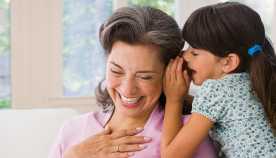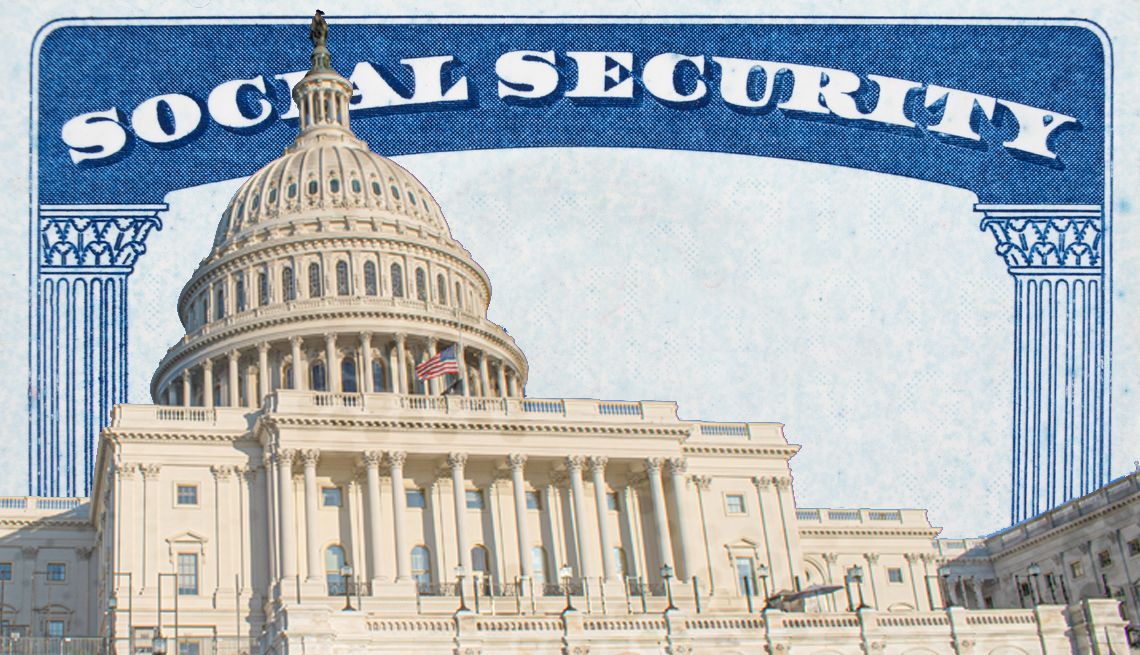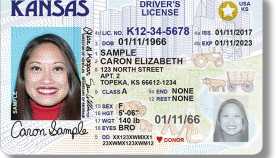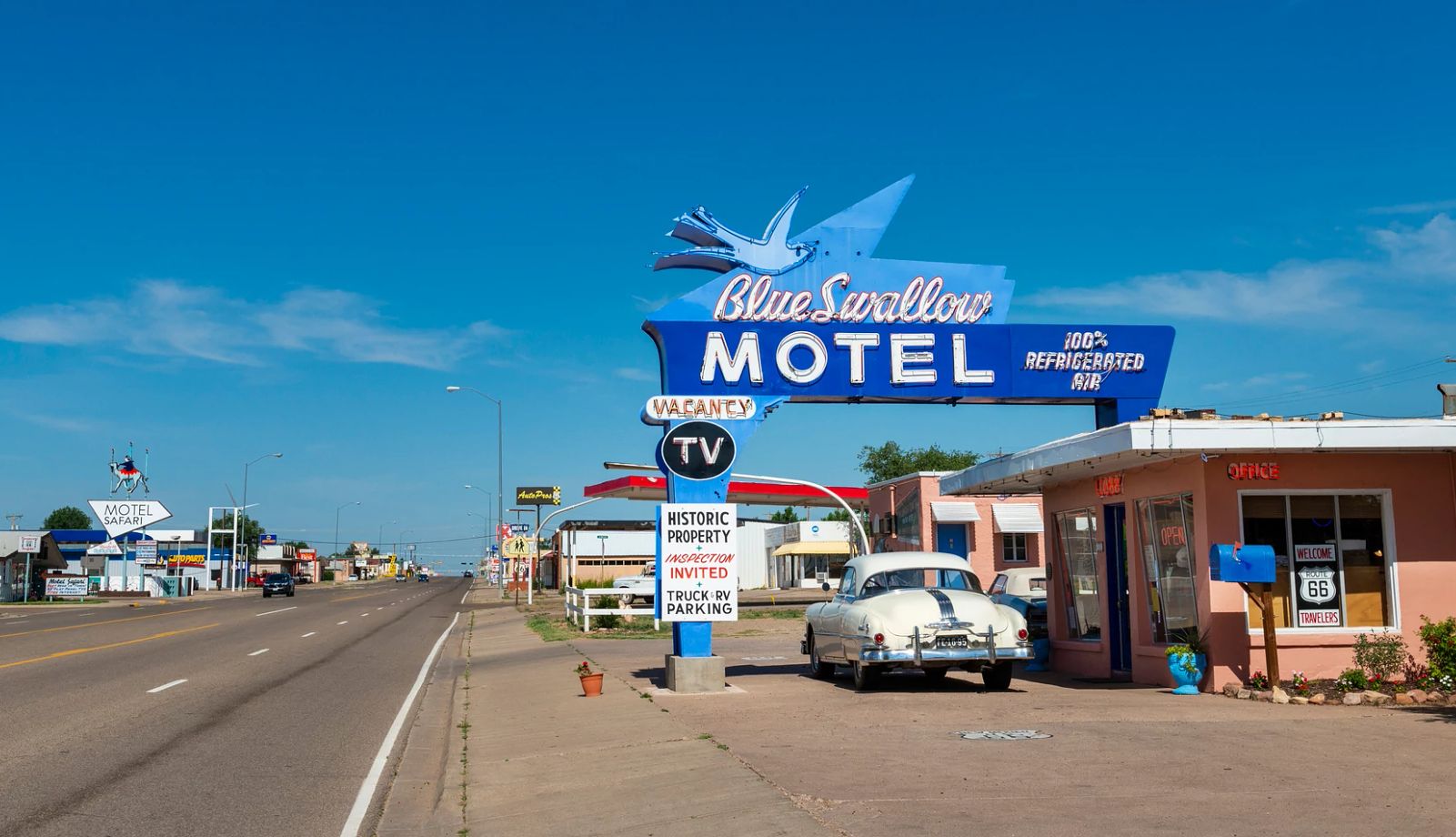AARP Eye Center

By Public Health – Seattle & King County
Wildfire smoke and heat can harm everyone’s health, and older adults and people with heart and lung conditions are at especially high risk.
As the days get hotter, here are four steps to help prepare for and respond to wildfire smoke and heat:
1. Check smoke and heat forecasts from May to October.
- Heat and smoke are monitored with risk indexes that use numbers and colors to indicate potential harm. The most dangerous levels are shown in red, purple and magenta.
- Check local air quality and smoke forecasts at AirNow.gov (map available at Fire.AirNow.gov).
- Check local heat risk and 7-day forecasts from the National Weather Service: CheckHeatRisk
- Weather apps and local news stations can also provide updates on heat risk and air quality.

2. Move indoors on hot or smoky days.
- On days color-coded as orange—smoky days that are unhealthy for sensitive groups (101-150 AQI), or hot days with a HeatRisk of 2 (moderate): consider moving indoors and avoid outdoor exercise.
- On days color-coded as red or purple—smoky days that are unhealthy or very unhealthy/hazardous (151 AQI and higher), or hot days with a HeatRisk of 3 or higher (major or extreme): Public Health recommends moving indoors to a cool place. Make sure to drink plenty of water.
- If you can’t avoid going outside on a smoky day, consider using an N95 mask.
3. Cool down indoor spaces on hot days and improve indoor air quality on smoky days.
- Use fans or an air conditioner (AC) when it’s hot, and cover windows with curtains or blinds. Set your AC to recirculate.
- Close windows and doors when it’s smoky. Heat is a more immediate concern, so if it’s too hot inside the building, it’s better to open the windows for a short time than to overheat. Listen to your body and how you’re feeling.
- Consider getting a HEPA air filter and making a clean air room, keeping doors to other rooms closed as much as possible. You can also make a DIY filter fan using a box fan, a MERV-13 filter, and a bungee cord or tape. Watch this how-to video for instructions.

4. Manage symptoms from smoke and heat exposure.
- Watch for symptoms of wildfire smoke exposure: coughing, headache, sore throat, burning eyes, or wheezing. If someone has these symptoms, they should limit time outdoors, avoid vigorous physical activity and stay in an indoor space that has cleaner air.
- Watch for symptoms of heat exhaustion: headache, nausea, dizziness, weakness, irritability, thirst, heavy sweating, elevated body temperature, or decreased urine output. If someone has these symptoms, move them to a cooler place and give them liquids to drink. Remove unnecessary clothing, including shoes and socks. Cool the person with cold compresses or have them wash their head, face, and neck with cold water. Get medical attention for them immediately if they do not feel better.
- Call or text 911 for emergency assistance if someone has serious symptoms like shortness of breath, chest pain, confusion, altered mental status, slurred speech, loss of consciousness (coma), hot, dry skin or profuse sweating, rapid pulse, seizures, or very high body temperature (above 103°F).
- Make a care plan with your health care provider, including access to needed medications.
More information is available at kingcounty.gov/wildfiresmoke and kingcounty.gov/heat.
Please share this information with neighbors and loved ones. Thank you for your help in keeping yourself and your community safe and healthy this summer.

















)













































